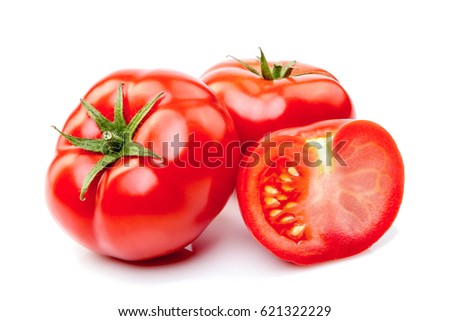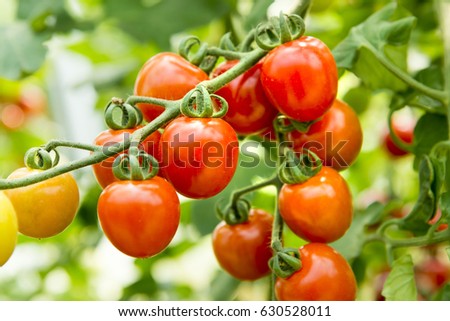Adding compost to soil is important for a number of reasons, one of which is that it's a good source of sulfur, a compound that's often missing from soil but is not measured by standard soil fertility tests.
"Sulfur is especially important because this nutrient forms organic compounds in the plant that gives flavor to vegetables," according to Joseph Heckman, Ph.D., extension specialist in soil fertility with the Rutgers New Jersey Agricultural Experiment Station.
When you apply compost and therefore add carbon back into the soil, the carbon feeds mycorrhizal fungi that eventually produce glomalin, which may be even better than humic acid at retaining water. This means you naturally limit your irrigation needs and make your garden more resilient during droughts.
Adding crushed eggshells to your soil is another simple trick. Rich in calcium, adding them as a supplement to the soil around tomato plants helps to provide nutrition and moderate soil acidity.
"Tomatoes that have a handful of eggshell meal worked into the planting site are not likely to develop blossom end rot," notes expert organic gardener Barbara Pleasant.
By optimizing soil composition and nutrient application, you can — for essentially the same amount of time, effort and energy — increase your yield six to eight times.
John Kempf, an Amish farmer and the founder and CEO of Advancing Eco Agriculture, is one of the leaders in the field of high-performance agriculture. The results you can achieve when you apply the principles he teaches are truly astounding. As Kempf says:
"You have to have different expectations and you have to begin managing your crops differently. For example, when you are expecting to produce 60 to 70 pounds of tomatoes per plant, you no longer plant the plants 12 inches apart.
That doesn't work logistically. You have to begin spacing tomato plants two and a half to three feet apart. But all of a sudden, you only need three tomato plants instead of 36!"
Facts Credit: mercola.com
"Sulfur is especially important because this nutrient forms organic compounds in the plant that gives flavor to vegetables," according to Joseph Heckman, Ph.D., extension specialist in soil fertility with the Rutgers New Jersey Agricultural Experiment Station.
When you apply compost and therefore add carbon back into the soil, the carbon feeds mycorrhizal fungi that eventually produce glomalin, which may be even better than humic acid at retaining water. This means you naturally limit your irrigation needs and make your garden more resilient during droughts.
Adding crushed eggshells to your soil is another simple trick. Rich in calcium, adding them as a supplement to the soil around tomato plants helps to provide nutrition and moderate soil acidity.
"Tomatoes that have a handful of eggshell meal worked into the planting site are not likely to develop blossom end rot," notes expert organic gardener Barbara Pleasant.
By optimizing soil composition and nutrient application, you can — for essentially the same amount of time, effort and energy — increase your yield six to eight times.
John Kempf, an Amish farmer and the founder and CEO of Advancing Eco Agriculture, is one of the leaders in the field of high-performance agriculture. The results you can achieve when you apply the principles he teaches are truly astounding. As Kempf says:
"You have to have different expectations and you have to begin managing your crops differently. For example, when you are expecting to produce 60 to 70 pounds of tomatoes per plant, you no longer plant the plants 12 inches apart.
That doesn't work logistically. You have to begin spacing tomato plants two and a half to three feet apart. But all of a sudden, you only need three tomato plants instead of 36!"
Facts Credit: mercola.com



